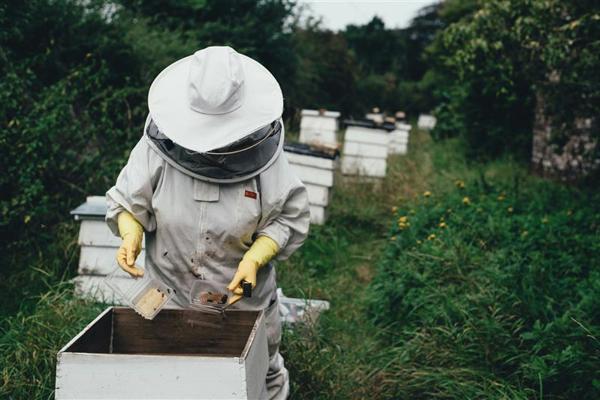Diversification involves the move from an agricultural use of their land to one with a non-agricultural purpose. This may be a move into areas such as renewable energy, holiday lets, farm shops, or even golf courses! This can allow tenant farmers to increase their income and to expand the possibilities to make a larger profit from their holding whilst complementing their ongoing farming activities.
The Diversification Procedure
The SLC notes that, in Scotland, providing that tenants have consent from landlords and follow the correct procedures, there is no upper limit on the area of land which a farmer can diversify. This leaves tenants with the right to use the whole of their farming land if they wish, whilst still retaining the protection given by the Agricultural Holdings (Scotland) Act 1991.
The procedures to be followed are now set out in the 2003 Agricultural Holdings (Scotland) Act (the 2003 Act). If these are followed correctly then any provision in the lease which would otherwise prohibit the use of the land for non-agricultural purposes is invalid. These procedures apply to any diversification which took place after the 2003 Act came into force in November 2003. The 2003 Act makes it clear that any attempt to diversify an agricultural holding without the consent of the landlord may be deemed to be a breach of the lease.
Practical Advice
The tenant must adhere to the timetable set out in the 2003 Act. This requires that a tenant must send a 'notice of diversification' to the landlord. This must be given in writing not less than 70 days prior to commencing the activity. The tenant should provide as much detail as possible and include a business plan with an indication of the finance for and management of the activity.
However, the SLC suggest that prior to this formal notice, the tenant may wish to approach the landlord informally to discuss the potential diversification. They hope that this will allow for a better understanding of the project between the parties and reduce the likelihood of objections.
The landlord retains the right to object to the diversification or to allow it take place under the imposition of reasonable conditions. However, these must be sent to the tenant within 60 days of receipt of the formal notice. If the landlord does not respond within this timescale the tenant is entitled to continue as if consent had been granted.
Ending a Lease
The guidance also provides further information on the steps which should be taken by tenants and landlords at the end of a lease. In some cases, diversification will have led to an increase in the value of the holding. If this is held to be the case then the tenant will be entitled to compensation based on this increase. However, the reverse is also true and if the value of the holding has actually decreased as a result of the attempt to diversify the landlord will be entitled to compensation for the difference in value.
Next Steps
Whilst the new guidance offers important information on the procedures to follow throughout the diversification process, the SLC advise that any prospective tenant farmers who may wish to diversify their holdings seek independent legal advice prior to doing this. If you have any questions about diversification of an agricultural holding then please get in touch with a member of our Agricultural and Rural Property Team.


